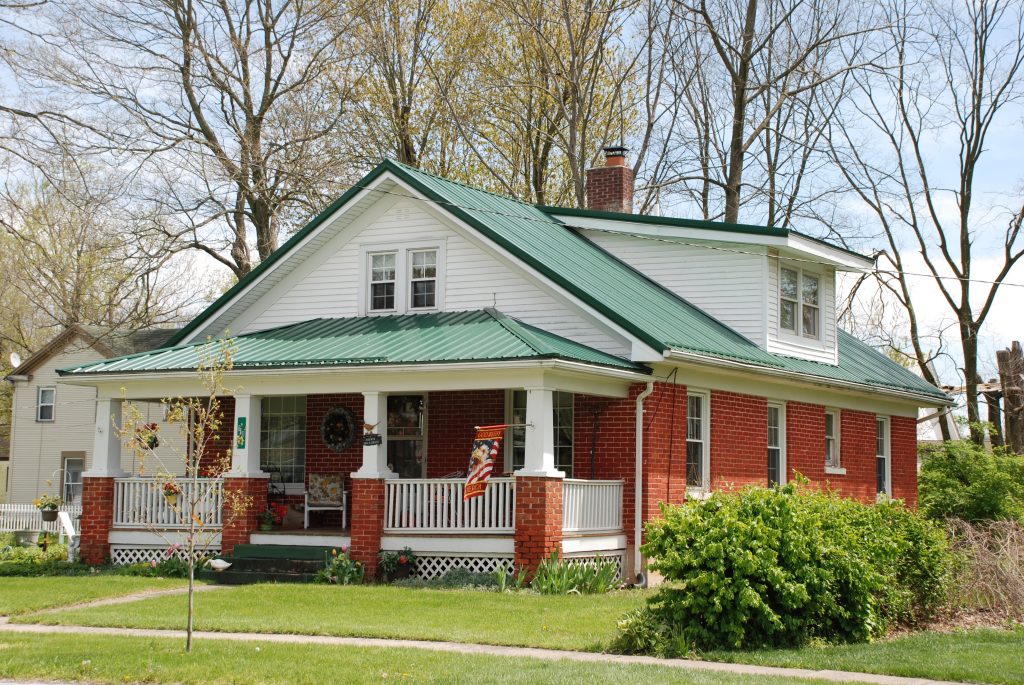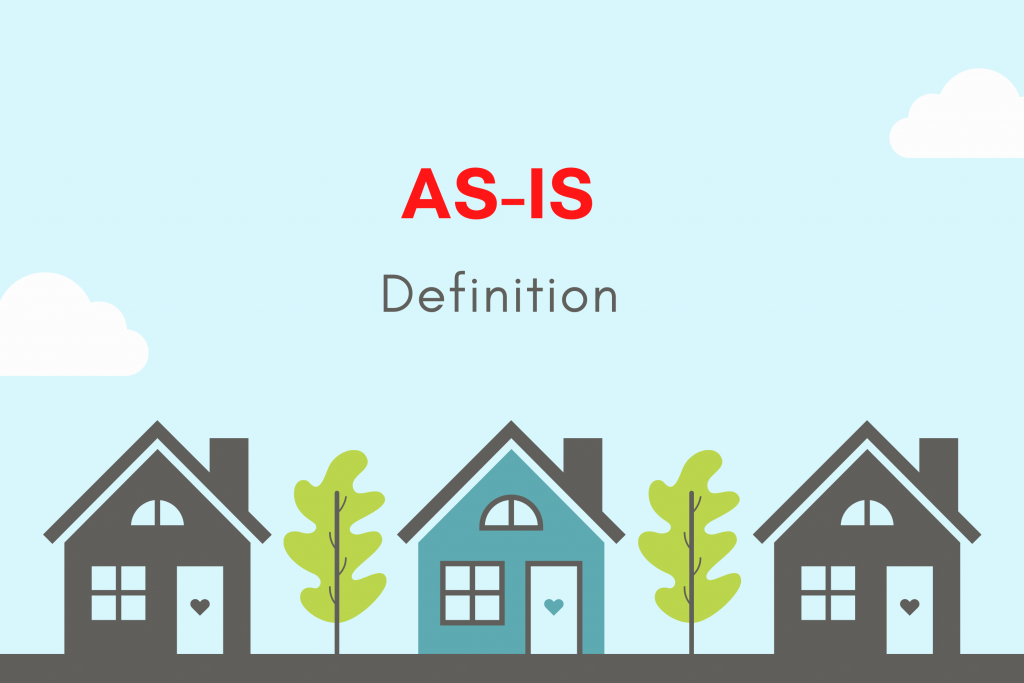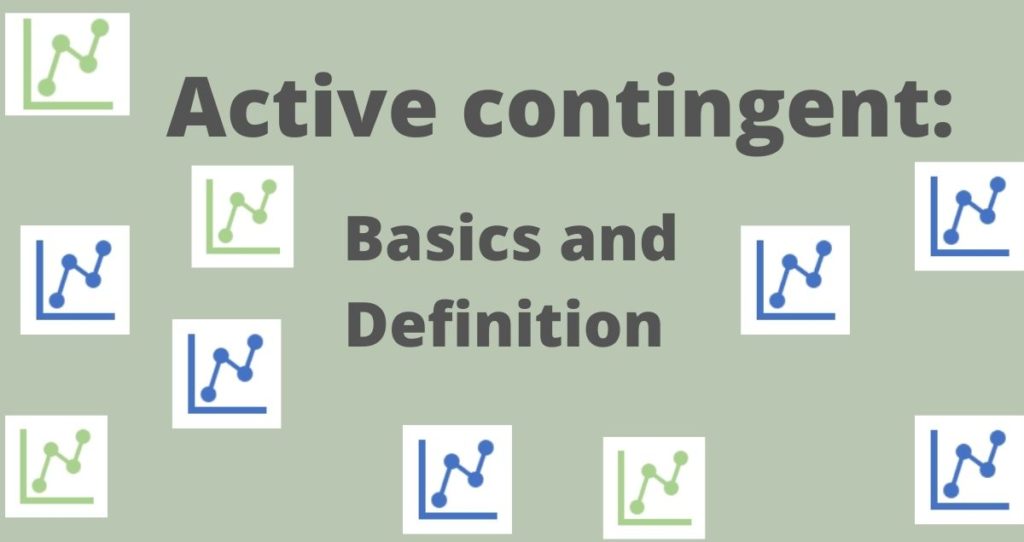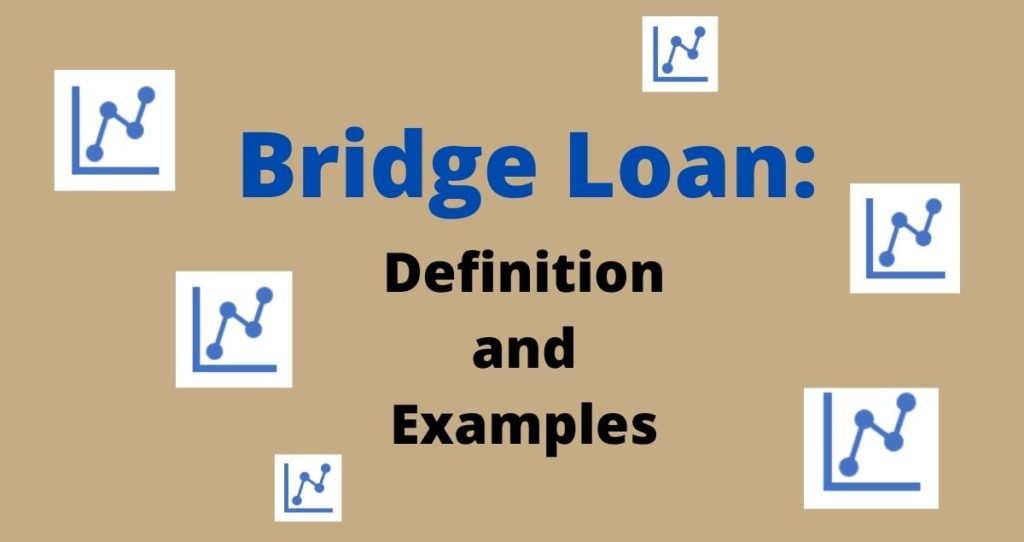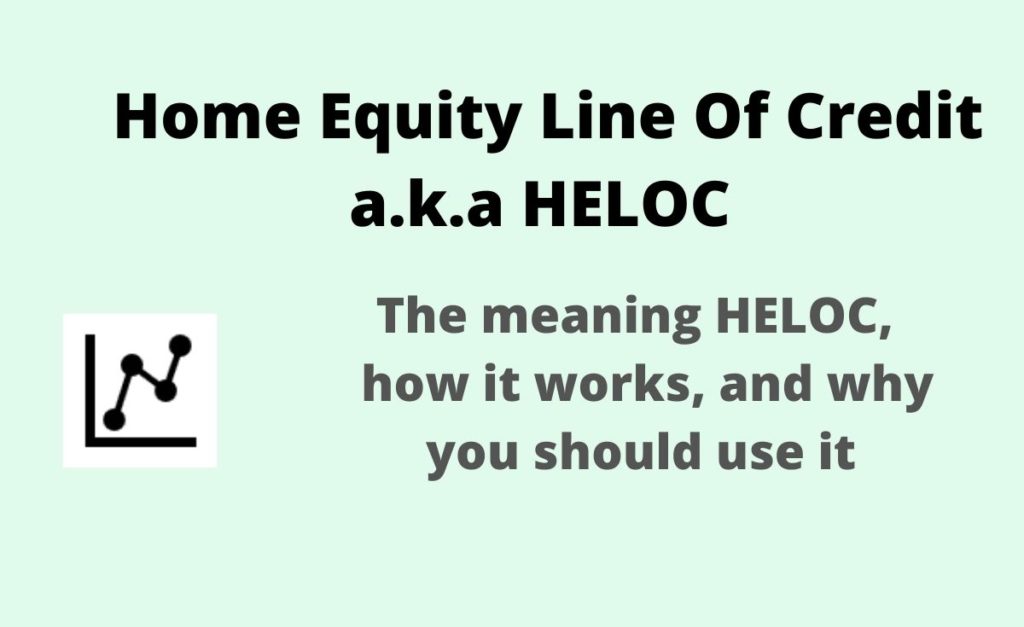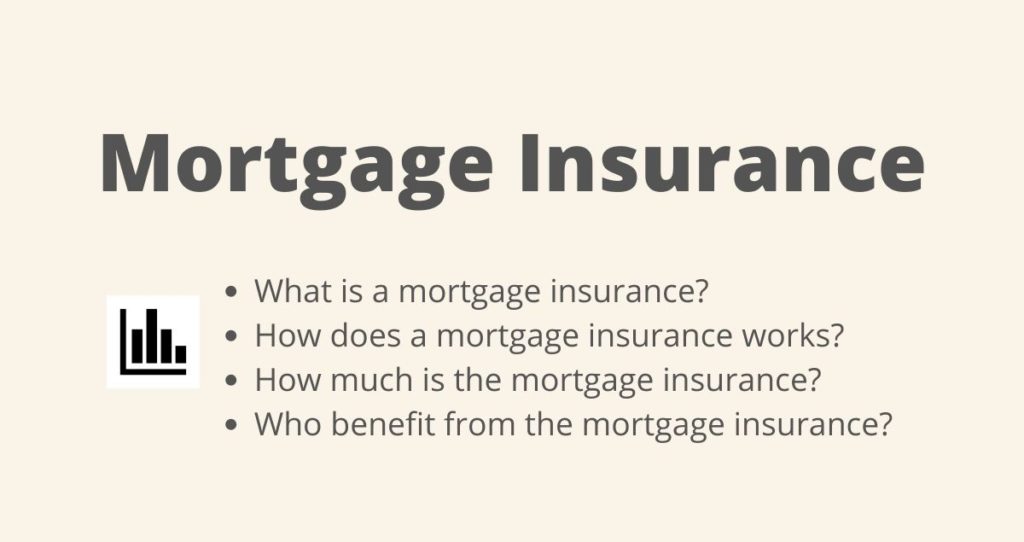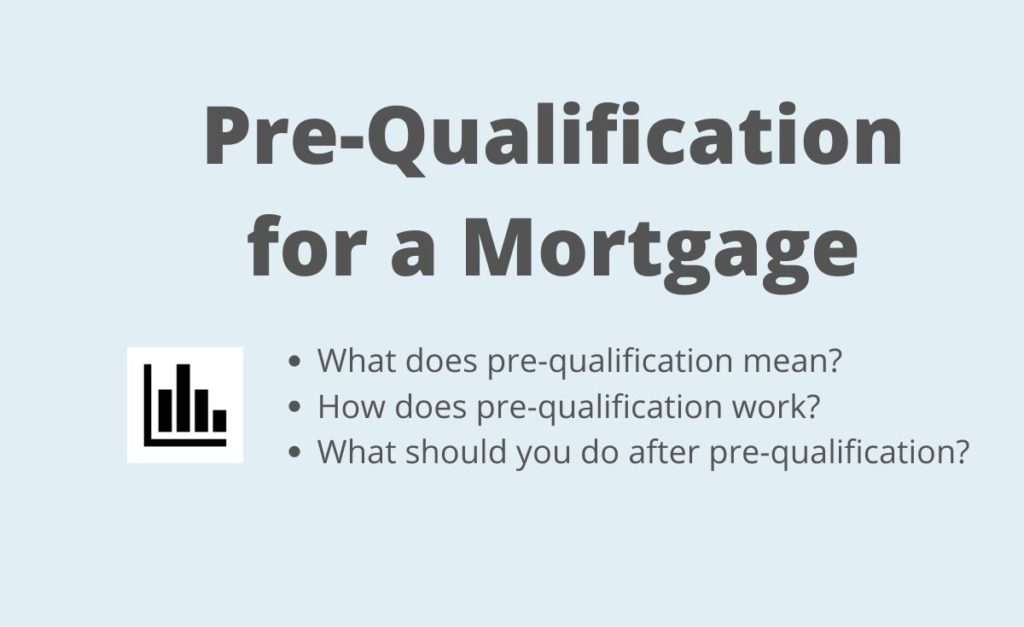Homeowners insurance gives you financial protection against damages to your home and belongings from covered perils such as fire, theft, floods, falling objects, etc. A recent survey by Nerdwallet revealed that the average homeowner’s insurance is $160 in the U.S.A., but rates can vary by state and location. Home insurances are grouped into dwelling coverage, content coverage, and personal liability.
Knowing the types of home insurance coverage and tips to lower homeowners insurance can help you save money while protecting your property and belongings. This article will discuss what homeowners insurance is and what it covers, the types of home insurance coverages and policies, and tips to reduce your insurance.
What is homeowners insurance?
Homeowners insurance is a combination of home insurance that protects the owner’s house and its belongings from future damages related to accidents, disasters, etc., according to iii.org.
The homeowner’s insurance is critical when it comes to property losses. One of the most significant risks of owning a property is that a simple mistake can ruin your entire property and its belongings. This is why having homeowners insurance is a good idea, even if the property is 100% paid off. If you have a mortgage, you will be required to purchase insurance. Usually, your insurance is included in your monthly payments with property tax, interest, and principal, known as PITI for short.
You might be required to purchase renters insurance if you are a tenant. But this is usually cheap. You can quickly get renters insurance for as little as $15 monthly.
What does the homeowner’s insurance cover?
The homeowner’s insurance covers your house and belongings in the event of fire, tornadoes, storm, or hail. Your insurance can also reimburse you for damages related to burglary and vandalism. Insurance providers have different kinds of protections, and rates vary from one insurance provider to another. In addition, the rates change based on the location where the house is built.
For example, a person who lives in the middle of a flood zone will have higher rates than someone who does not. This is because people who live in flood zones must have flood insurance due to the high chances of floods, and they will pay any rate instead of losing their homes.
On the other hand, people who live in flood-free zones will pay small rates. This is because the chances of having a flood are slim. For this reason, insurance companies will offer extremely low rates to attract customers.
Here is an example of homeowners insurance coverage provided by Allstate.
- Fire and smoke
- Falling objects, such as trees
- Wind storm(hail)
- Frozen plumbing
- Water damage from the water heater, plumbing, heating and cooling systems, etc.
- Theft
Other insurance providers could cover similar losses or more depending on the location of the house and the company’s business structure.
Types of homeowners insurance coverages
Home insurance includes many coverages, but they can all be summarized into three categories: dwelling coverage, content coverage, and personal liability, according to Nationwide Insurance. These categories, however, can be broken into six different coverages, which are included below. These are the most common home insurance coverages, according to Nerdwallet.
- Dwelling coverage. This home insurance is the basis of all homeowners and covers any damage to the house, including home structures and porches, and the coverage you get can be enough to rebuild your entire house.
- Personal property. This home insurance usually replaces or repairs stolen belongings and can be as high as 70% of your home belongings.
- Loss of use. If your home is damaged and needs to be repaired, a loss of use insurance pays for temporary living expenses while your home is being rebuilt or repaired. The insurance can cover as much as 20% of the total cost.
- Medical payments. If someone is injured at your home or attacked by your pet, the medical payments coverage is used for all medical-related expenses regardless of who is at fault. This insurance covers typically up to $5,000.
- Other structures. If you have a damaged fence, a shed, or structures other than your primary house, this insurance will cover the replacement cost or repair.
- Personal liability. This insurance covers the damage if you damage someone’s property or injury to someone intentionally or unintentionally.
Types of homeowners insurance policies
There are many types of homeowners insurance policies, also known as unique forms. According to Investopedia and Nertwallet, the following are the most common ones and their differences.
- HO-1 and HO-2 insurance. These insurances are less popular and only cover events listed in the policy.
- HO-3 insurance. This is the most common homeowners insurance, and most lenders require it when you have a mortgage on the property.
- HO-5 Insurance. This home insurance coverage covers your home and belongs to all causes except those the policy excludes. Typically, this insurance is available to homes in good neighborhoods with low risks.
- HO-6. This homeowners insurance is for condos, and it protects the walls, ceiling of the condo unit, and the floors.
- HO-7. This insurance is for mobile homes, and it covers structures, trailers, the structure, etc.
- HO-8. This one is for older homes and considers the property’s unique characters and design.
Other home insurance policies include the following.
- Earthquake insurance. This insurance can cover your home and belongings when the damages from the earthquake exceed your deductibles.
- Flood insurance. This insurance covers your property and belongings due to floods and mudslides.
- Renters insurance. This insurance is available for tenants to cover the property and their belongings and includes liability coverage.
How much home insurance coverage do you need?
The level of coverage you get usually depends on the house’s value and how much you can afford to pay. Typically, you need enough coverage to cover the cost of your home and its belongings. If your house is burned in the fire, you need enough coverage to rebuild the same house or at least buy a similar home in the same comparative market.
Your insurance provider might offer one of the following two options.
- Cash value. This option means that if your home or belongings are damaged, you will receive a cash offer instead of rebuilding your house or replacing your belongings.
- Replacement cost. This coverage means the insurance will replace damaged belongings up to the covered percentage.
While a cash offer seems like a great idea, electing the replacement is always the best choice. This is because a cash offer means you will receive cash equal to what the house or property is worth at the time of the damage. If you are in a buyer’s market, the value of your property might be 30% to 50% lower. That means if you take the cash, it might not be enough to rebuild the house due to expensive materials.
Getting an appraisal is always a good idea, especially when you don’t trust the home price your insurance agent estimates. You might pay the appraisal cost out of pocket, depending on the insurance company.
How do you lower your home insurance cost?
- Shop around. Shopping around allows you to compare quotes from different providers and pick the cheapest one. This is because companies set their prices even if coverages differ. This is why shopping around increases your chances of finding the most affordable provider.
- Bundle your insurance policies, such as home and car insurance. The most effective way to lower your home insurance is to bundle it with other insured assets, such as cars and boats, under the same provider. Usually, most insurance companies give you discounts when you bundle your home and auto insurance. Check with your agent how much you will save from bundling your insurance. If you have dependents, you can also add them under the same coverage to save more money.
- Increase your credit score. If you live in a state where credit-based insurance score is used, having a better credit score can help lower your homeowners’ insurance.
- Take advantage of the discounts you qualify for. Home insurance usually comes with many discounts you can tap into to save money. The most common discounts include military discounts, home improvement discounts, safety measure discounts, loyalty discounts, new homebuyer discounts, etc.
- Increase your deductible. Having a higher deductible results in lowering your home insurance. A higher deductible means you pay more out of pocket before the insurance kicks in.
- Avoid older homes or those with expensive electronics. Older homes are susceptible to fire, while dwellings with expensive materials cost more money to replace.
- Avoid homes in expensive neighborhoods or high-risk zones. Homes in risky zones have a higher risk of getting damaged by fire, water, tornado, etc, and therefore, cost more money to insure. Homes in expensive neighborhoods also cost more money to insure.
Factors affecting your home insurance
Your homeowner’s insurance costs depend on many factors, which I elaborate on below.
- Construction materials. If your home is built with expensive materials, such as fire-resistant ones, it will cost less to insure.
- Coverage amount. The cost of your insurance is also affected by the amount you want to pay and the level of coverage you choose.
- Age of your house. New homes with expensive techs can cost a lot of money to insure due to the high cost of replacement in case of financial loss due to damages. This is the same case for older homes as they are not up to the code and, therefore, susceptible to fire and other damage.
- Your credit history. If you live in states where insurance-based credit scores are allowed, your insurance provider might check your credit to determine your premiums. Having a good credit score helps you bring down your premiums.
- Pets. Having high-risk pets such as dogs can result in paying higher premiums.
- Your deductible. Deductible refers to the amount you must pay out of pocket before the insurance kicks in. Like other insurances, such as health care, electing higher deductibles lowers your home insurance premiums.
- Location. The location of your home has a direct impact on your premiums. For example, living in high-risk zones such as flood zones and areas susceptible to tornados can result in higher premiums.
Does home insurance go lower when you pay off the mortgage?
Paying off your house is always a tremendous financial achievement as it eliminates the risk of default. It also gives you a sense of security, knowing you don’t owe the bank a penny. But how does paying off the house affect your homeowners’ insurance? Does your insurance go lower when you pay off the house, or does it stay the same?
Unfortunatly, paying off your home has nothing to do with your insurance. Your insurance will remain the same even after paying off the house. Usually, insurance is required when you still owe the bank money. However, you will no longer be required to carry home insurance after paying it off. But this does not mean you no longer need coverage. You must still protect your home from financial losses related to fire, floods, vandalism, tornadoes, etc. Your premiums might increase if your home price went up in the area.

